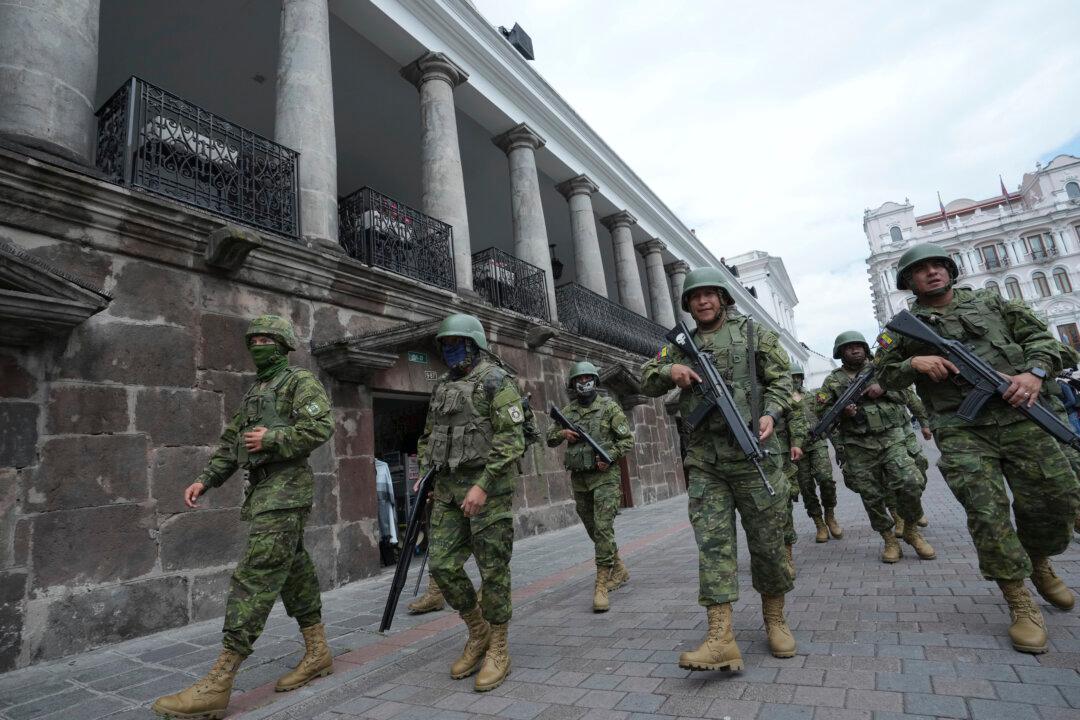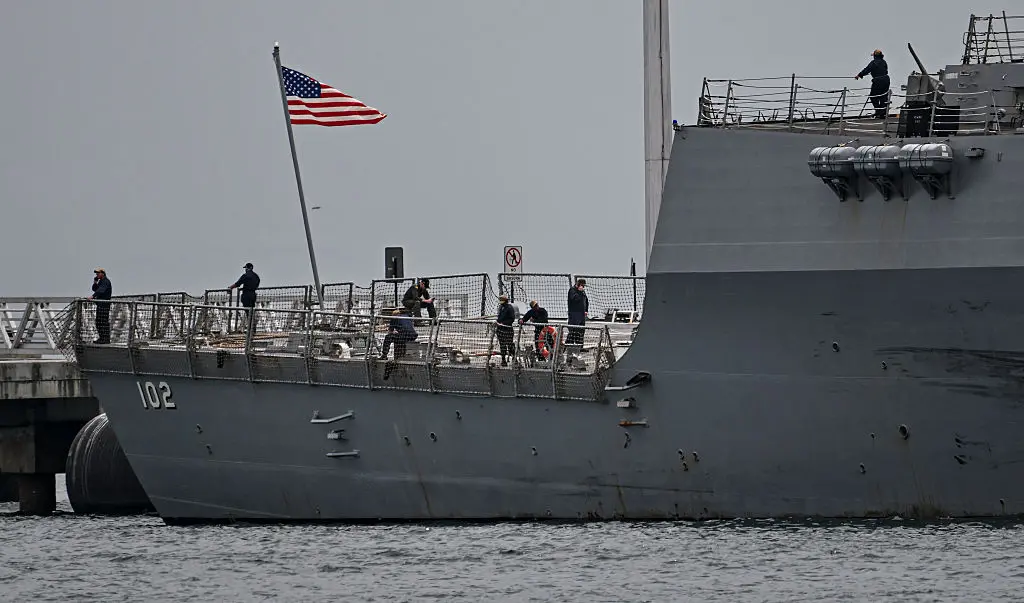A startling escalation of violence by criminal gangs in Ecuador last week has triggered a crackdown against the rapidly expanding cartel activity in the small South American nation.
After a group of armed men overwhelmed a television studio in Guayaquil during a Jan. 9 live broadcast, Ecuadorian President Daniel Noboa quickly declared an “internal armed conflict” against 22 transnational terrorist groups and local drug gangs.





